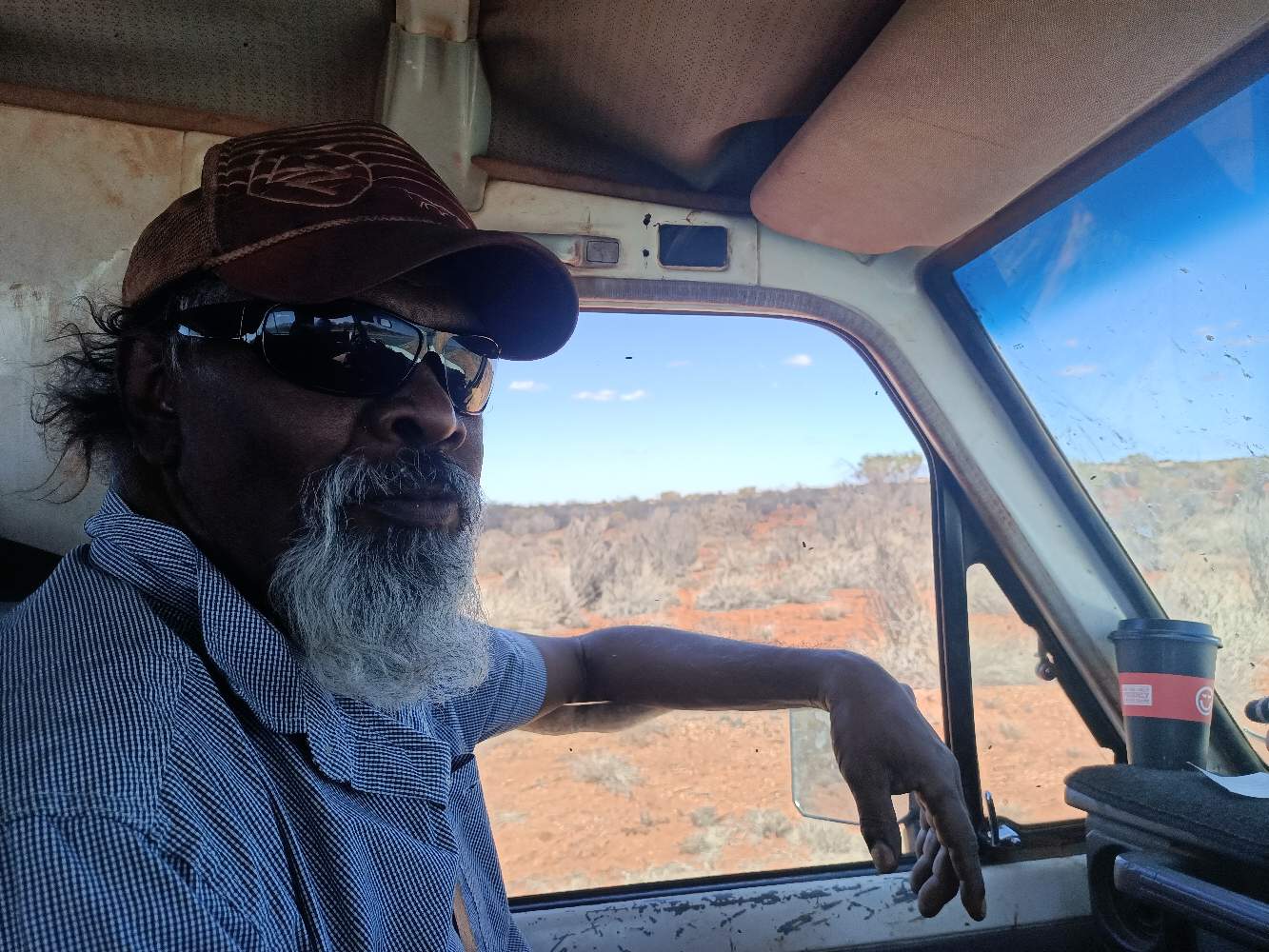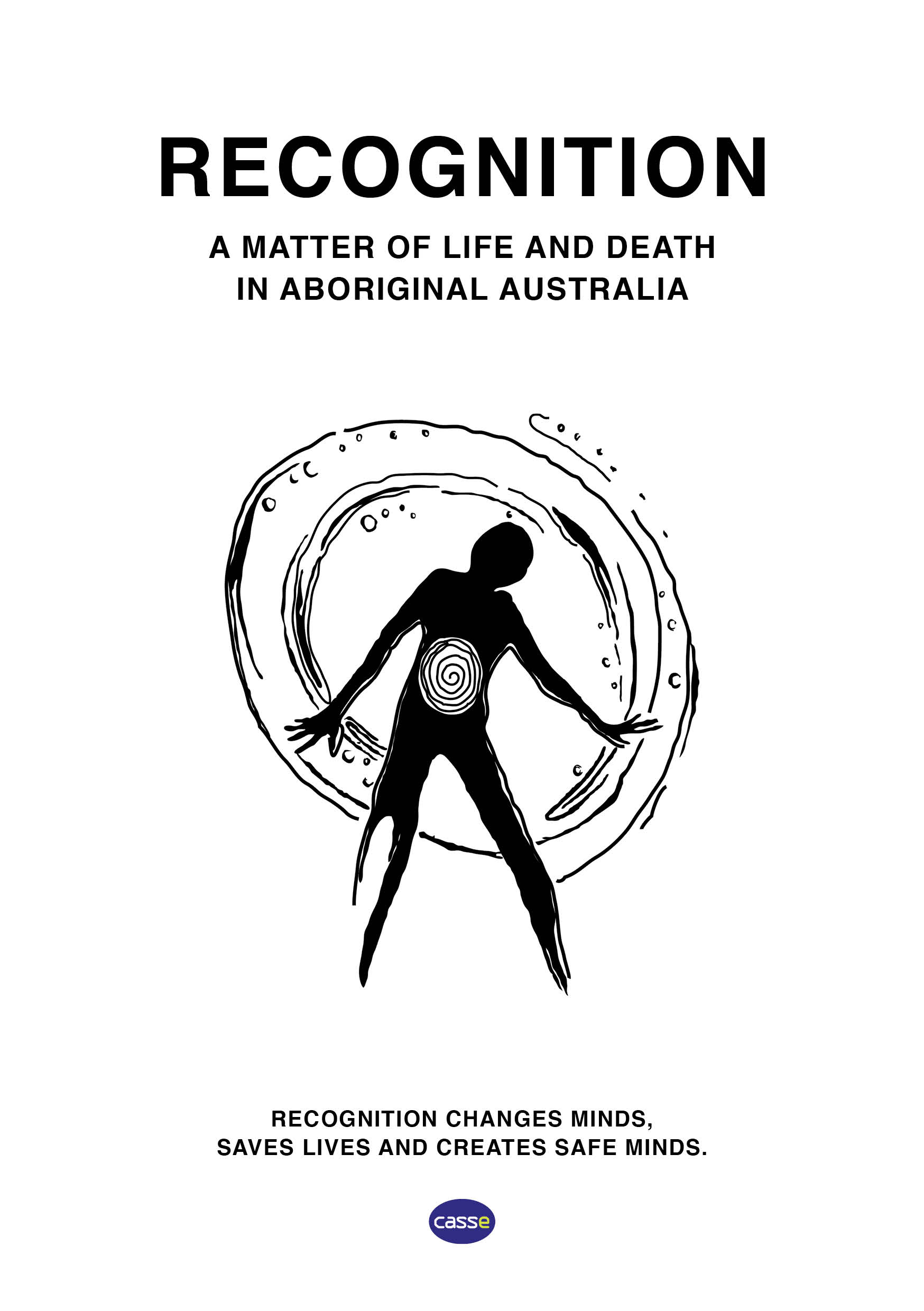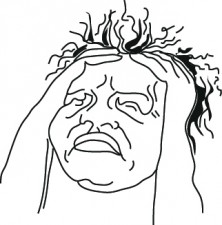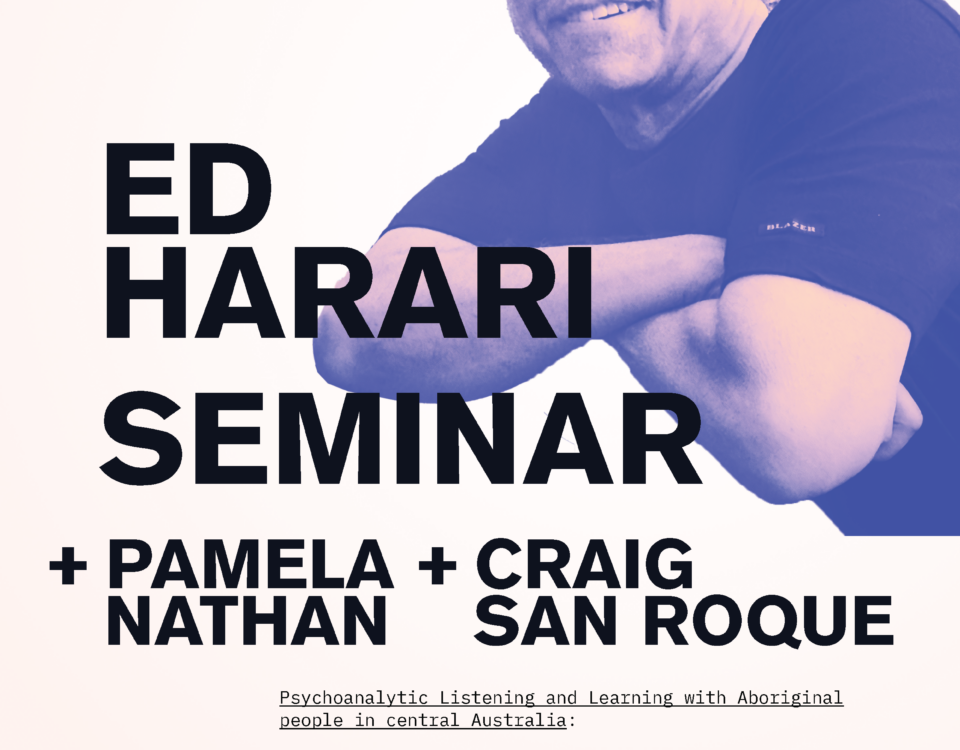
Introducing Robert Hoosan
May 13, 2020
The problem with no recognition
May 18, 2020We have all lived the rollercoaster ride to some degree perhaps in the last two months. A landscape of trauma. We know something of lock down, dispossession, loss, threat, danger, death and on the other side resilience, hope and even abundance. Many Aboriginal people live this rollercoaster across the racial and cultural divide. Feelings can be a cauldron and seemingly ordinary events can pivot and explode past into present.
Pamela Nathan, Director of CASSE Australia and psychoanalytic psychotherapist, uses the current circumstances as the backdrop to reflect on her work and CASSE’s journey…
The red Centre is an emotional cauldron. In the course of the CASSE work there are many different emotional experiences. Sometimes it takes a long time to recognise the counter-transference/s in a world of panic, mindlessness and nightmare or no-dream world. I find in the work of CASSE feelings can sometimes take a long time to identify. At other times I am assailed, ambushed or rather assaulted by intense, raw feelings which can remain or shift quickly. There is always a truth in the immediacy and intensity of these feelings which are far more compelling and telling than the statistics which abound. There is always a communication. The countertransference- transference configurations are situated in the legacies of a “violent” colonial contact and the racial divide.
Nine predominant countertransferences have become emergent in the CASSE work albeit they are often experienced in a dynamic or entwined. There is depression, rage, helplessness, threat and danger, humiliation, shame, guilt, isolation (insider-outsider), and howling grief. I have felt all of these feelings on more than one occasion, indeed if not many, intensely and sometimes for days. The rollercoaster ride is the overarching countertransference which captures all in one and which I often found to be the most frequent and the most painful of all configurations and which dogged/s the work of CASSE! The rollercoaster ride comprises the following sequence more or less in this constellation and with these segments:
Wait or Waiting followed by Anticipation/ Hope – (there might be a Hesitancy – Frustration to Act or Not Act) – Didn’t see It Coming – Whack/s –Violent Rupture (Caesura/Gap) /Turbulence/Fiery Fury – Humiliation -Demolishment – (there might be Stonewalling) followed by Hopelessness, Despair and Grief which if named, mediated and digested, may lead to integration.
I will now say a little more about the most compelling of countertransferences.
Depression – like the dead mother
The depressed state of mind conjures up the dead mother/ babe (Green, 1999) in a world of the persecutory dread and walking dead. Depression in the Centre is pervasive and Aboriginal people will speak to the despair. Such depression is deadening and avoids or defends against traumatic loss and can become an impediment to the necessary process of mourning and remembrance. Often there is not representation, coherence, or articulation; only black holes and inchoate beta elements. Australia has been a poor mother country to the dispossessed, murdered and colonised, like a dead mother in the transference to a vulnerable babe. This depression finds an underground home in the very being of Aboriginal people and is in the dry, dusty, desert soil of Central Australia.
Rage
Such depression can become pathological, nurturing an explosive rage which lashes the subject or object self-evidenced in the murderous rage of suicide and violence. Most Aboriginal people have been touched by suicide and murder. Many seek to relieve the depression with alcohol and drugs, finding a manic solution living inebriated and anaesthetised. Volcanic rage is always there, can be buried, lie just under the surface or be easily whipped up like a sandstorm. It can strike like the thunderbolt erupting suddenly, and surprisingly. The rage has been felt in cultural ruptures and in such spaces where questions of who is the boss, who is in the know and who has the authority are relevant. The rage is about dispossession and dispossessed states of mind that are unrecognised. The rage is in the racial divide. One should never forget the rage is there.
Helplessness
Profound helplessness is testimony to a traumatic world which threatens to overwhelm and the feeling of disempowerment and a subjective experience of hopelessness prevails in Central Australia. Common questions can be urgently asked such as “What can we do?” and “How do we get out of this goddam mess?” I think helplessness surfaces frequently in the countertransference and become manifest in the urgent need to act, to do, to solutionise and help or be helpful. Aboriginal people, alternatively, can be faced with a threatening, hostile world, feeling alienated and marginalised and a relentless helplessness can overtake, leading to suicide. I think Aboriginal people can be made to feel undeserved in their helpless need and be found wanting too much. So Aboriginal people are stereotyped as lazy, living on sit-down money, going walk-about and so on and their helpless apathy goes unseen.
Threat and danger
The sense of threat and danger in a persecutory world can abound. The past has a living presence. There is “no safe place”. A sense of danger and lack of safety pervades life in Central Australia and straddles the racial divide. It is manifest in the convictions of violence in the courts, in the daily life of people, in the criminality in the town, in payback and more. This countertransference became manifest in meetings with CASSE and references the racial divide – between Whitefellahs and Aboriginal people, between Aboriginal town and bush people and so on.
Humiliation
Humiliation is at the core of the ruptures experienced in the work and which emanates from the past wounds of long ago. Humiliation is part and parcel of a violent colonial and post-colonial subjugation leading to inferiority and helplessness. To be humiliated inflicts a deep wound in the psyche. The infliction of humiliation is a violent act, particularly when the infliction is said to be altruistic in intent, for example, the policy of assimilation or the Intervention. Humiliation as a trauma determinant has a prominent place – in predicaments – of not knowing, of disempowerment, of cultural loss and cultural claim, and of inequality and lives of trouble.
Shame
Shame is a painful emotion and includes crippling feelings of intense embarrassment disgrace, disgust, dishonor, disrepute and so on. It arises from the knowing (consciousness) of the commission of something wrong, improper, ridiculous, disgraceful, embarrassing, etc, done by oneself or another. Shame is directly attributed to feeling guilty about something, hence shame and guilt intertwine. Shame can lead to feelings of fragmentation and a persecutory world of threat and danger abounds. The shame of Aboriginal people at their seeming “failure” in the Whitefellah world can be painfully experienced.
Guilt
The guilt of the Whiteman has been both denied and admitted. Guilt is the fact of being responsible for damage done, for the commission of an offense, wrongdoings or perceived failures to act appropriately. When guilt is recognised and owned, then concern and reparation can follow. The process of reparation occurs in the depressive position and is a contained process. Guilt includes feelings of sorrow, repentance, and disappointment in one’s actions. However, there can be a failure of reparation and persecutory anxieties and defenses can be mobilised in order to escape the burden of guilt (Klein, 1949). The Whitefellah can experience intense guilt in Central Australia at the actions of past colonialists but also of actions of Whitefellahs in the present day and polices. When the guilt is disavowed the blame game commences and it is Aboriginal people, for example, who then become the perceived violent perpetrators, not the Whitefellahs.
Isolation- insider -outsider
In a post-colonial, cross-cultural world, the colonised minority peoples can be marginalised and feel isolated and alienated from the mainstream world. This is true for Aboriginal people and can lead to suicide and a pervasive sense of “not belonging”. The dynamic of insider and outsider can operate and switch across the racial divide.
The howling grief
Rivers of tears and a howling grief can be felt many times throughout the work: ‘in memory’, in talk of losses and hurting hearts, murder and suicide. AO Kemarre’s words typify, I think, what many Aboriginal people feel. Her daughter was murdered and she told me “they call me MK these days”.
“I still have that grief, and tear, and rip in my heart like it happened yesterday. I still have that grief, Alakenhe”.
I think the dynamic of waiting with hope and then to be whacked and have hopes dashed, to be then left with turbulent, raging, rupturing, feelings culminating in despair, depicts a fundamental reality and state of mind for Aboriginal people. We might ask how it can be otherwise. Hope is precarious in a world of trauma, injustice and powerlessness. There is the repeated loss of the good and the bad can be enacted. Then there can be suicide and murder. The hurting hearts can be hidden.
Working in the heat of the red centre of Australia, in the land of trauma, intense feelings are felt and explosions are experienced. Painful emotional storms erupt at times, testimony to the pain of the people. In the working through, these storms can be survived with relationships strengthened and emotional experiences and understandings deepened.






